

Max Davies
How Audi, BMW, Honda, Mercedes-Benz, and Suzuki started out in Australia, and where they are now
15 Hours Ago
The three eastern Australian states have agreed to collaborate on a $20 million renewable hydrogen refuelling superhighway for heavy trucks.

Contributor


Contributor
Victoria, New South Wales and Queensland, are collaborating on a renewable hydrogen refuelling superhighway to connect the country’s eastern seaboard.
Under the Memorandum of Understanding, the three states have confirmed the renewable refuelling network will be aimed at the heavy transport industry, and will initially cover the Hume, Pacific, and Newell highways.
The Federal Chamber of Automotive Industries (FCAI) has indicated $20 million of funding has been allocated to build this renewable hydrogen refuelling superhighway.
“While this announcement is initially aimed at the trucking industry, it is a historic first step in preparing the broader transport sector for large-scale hydrogen use,” said FCAI chief executive, Tony Weber
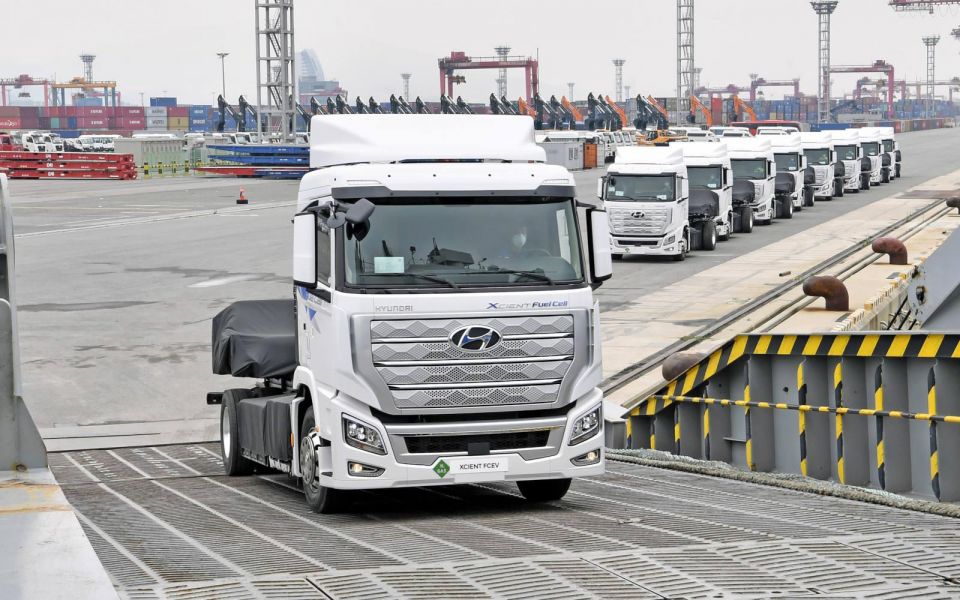
“To prepare Australia for a zero-emissions transport future, more infrastructure investment such as this hydrogen project and leader from governments at all levels will be needed,” he said.
At this stage no timelines have been communicated on when to expect this superhighway to be completed, nor is there any information about how many stations it’ll feature.
There are currently two publicly-available hydrogen refuelling stations in Australia. One is operated by Toyota in Altona, Victoria, the other is operated by ActewAGL in Canberra. Both serve government or council fleets of passenger cars.
Up to six stations are being developed in Queensland, each of which is led by a different company.
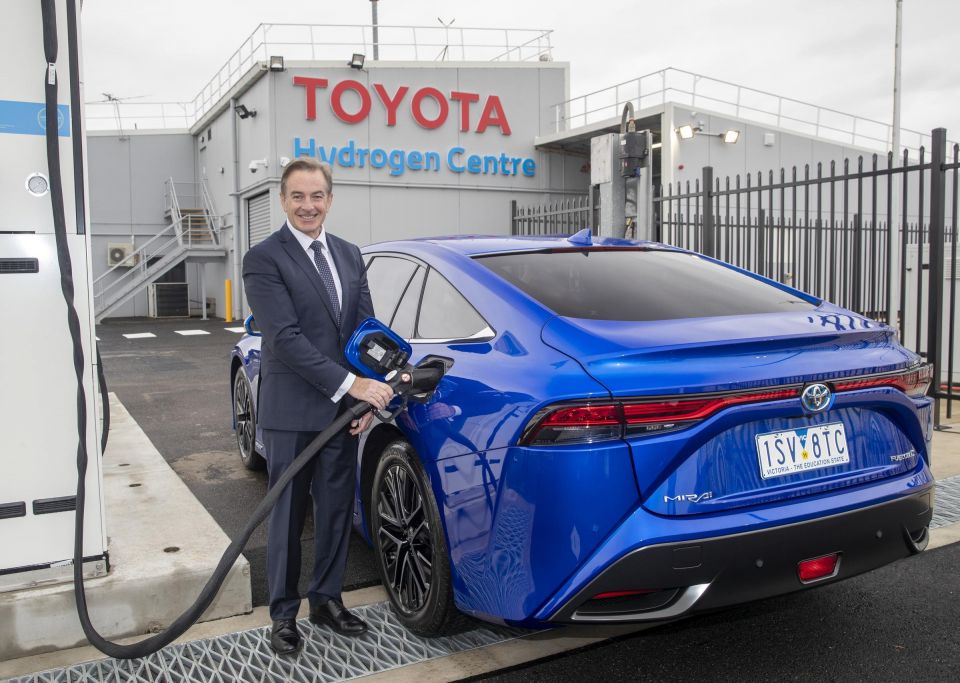
Hydrogen is still a burgeoning fuel source in Australia, and at this stage is understood to be most viable in large-scale, commercial uses such as trucking.
Hyundai has said it intends to bring its hydrogen fuel-cell electric (FCEV) trucks Down Under from 2025. It also expects cost parity with diesel trucks from as early as 2030.
The right-hand drive Hyundai FCEV truck will offer a projected range of up to 1000km and sub-15 minute refill times.
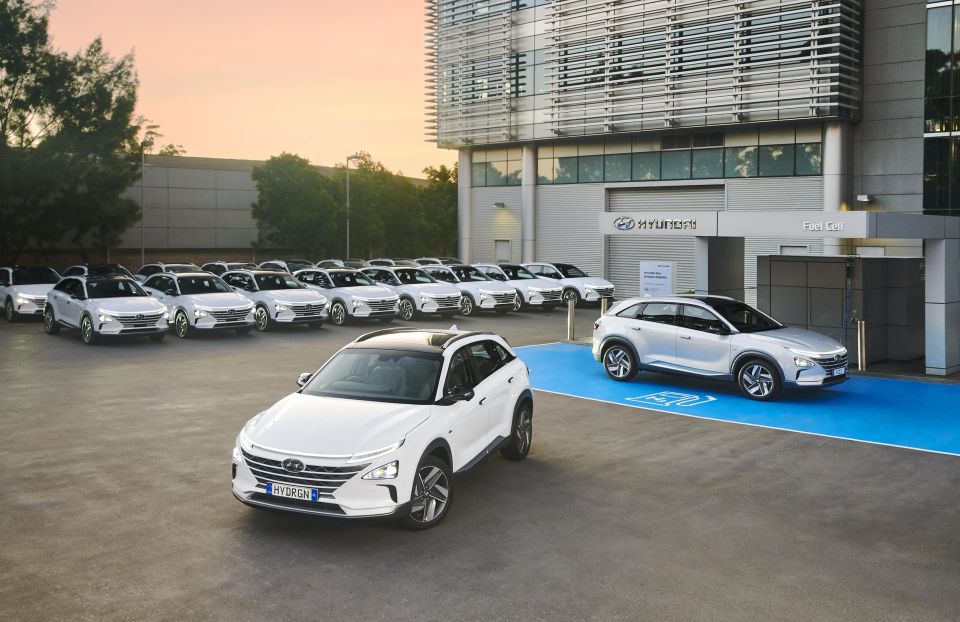
It’s expected to have an e-axle and two 200kW fuel-cell systems, come in 4×2 and 6×2 rigid trucks or tractor cabs, and a have a 44 tonne gross combined weight (GCW) target.
Hyundai has previously said it plans to launch a cheaper, next-generation hydrogen fuel-cell drive unit, as well as a new Nexo and a fuel-cell version of the Staria people-mover in 2023.
Toyota has also positioned itself as a hydrogen leader with the Mirai FCEV, which is being used in local council trials.
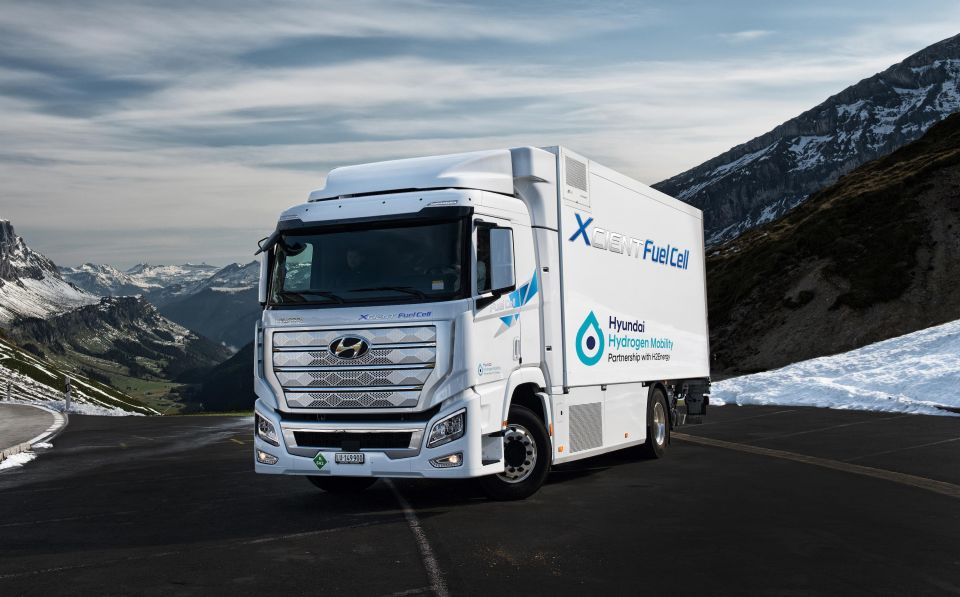
Queensland
“When you consider the impacts of the COVID pandemic and international conflicts, it’s clear Australia must achieve energy independence, to shield our nation from foreign companies and foreign powers,” said Queensland Minister for Energy, Renewables and Hydrogen, Mick de Brenni
“Low emissions electricity and hydrogen-fuelled heavy transport will sit at the heart of the renewable energy ecosystem.
“Transport is the fastest growing sector for emissions and ironically it could also be the key to reducing them.
“Transport applications are one of the most economic uses of hydrogen, where it is already competitive with diesel on a cost-of-fuel basis.
“However Government support is needed to help develop refuelling stations so transport companies can economically invest in new vehicles.”

New South Wales
“Renewable hydrogen will increasingly become a competitive zero-emissions fuel option for our heavy transport sector, giving our trucking industry the opportunity to decarbonise their fleets,” said New South Wales Energy Minster, Matt Kean
“The governments of NSW, Victoria and Queensland are signing Memorandums of Understanding for the refuelling corridors, starting with the Hume Highway, the Pacific Highway and the Newell Highway”
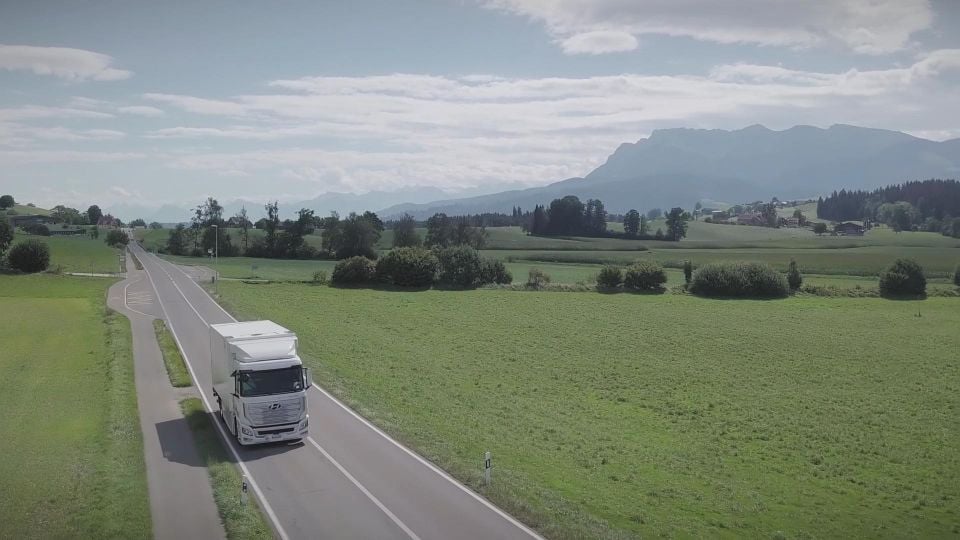
Victoria
“The new renewable hydrogen highway will create new jobs, drive investment across the east coast and is a landmark step towards meeting Victoria’s target to halve emissions by 2030 and reach net-zero by 2050,” said Victorian Minister for Energy, Environment and Climate Change, Lily D’Ambrosio.
“This historic collaboration between Victoria, New South Wales and Queensland will revolutionise Australia’s busiest freight corridor, lighting a pathway to a zero-emissions transport sector.”
“Providing a reliable source of renewable hydrogen will give industry certainty that hydrogen is a viable alternative to diesel.”
Jack Quick is an automotive journalist based in Melbourne. Jack studied journalism and photography at Deakin University in Burwood, and previously represented the university in dance nationally. In his spare time, he loves to pump Charli XCX and play a bit of Grand Theft Auto. He’s also the proud owner of a blue, manual 2020 Suzuki Jimny.


Max Davies
15 Hours Ago


William Stopford
15 Hours Ago


Derek Fung
16 Hours Ago


Max Davies
23 Hours Ago


William Stopford
2 Days Ago


Ben Zachariah
2 Days Ago